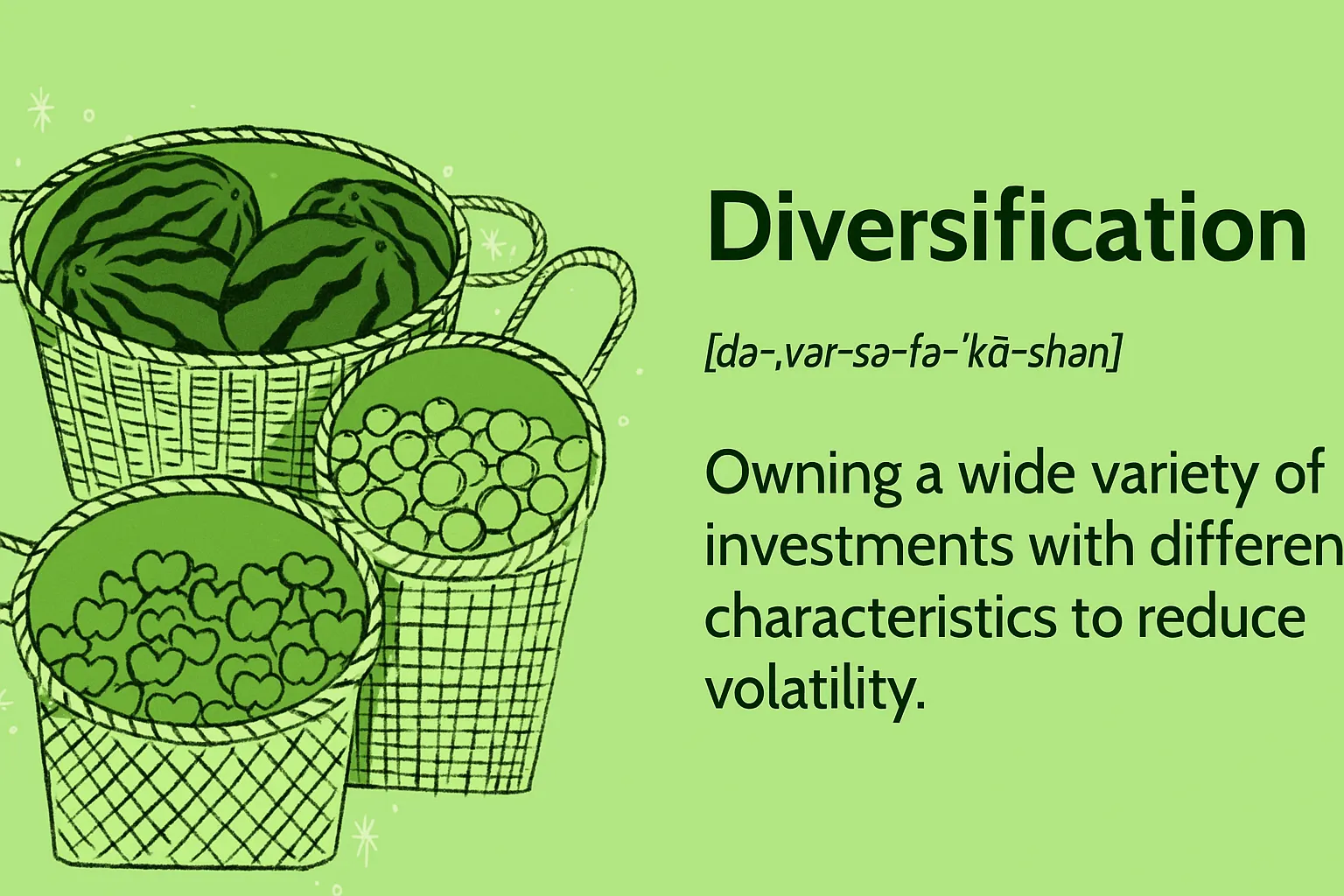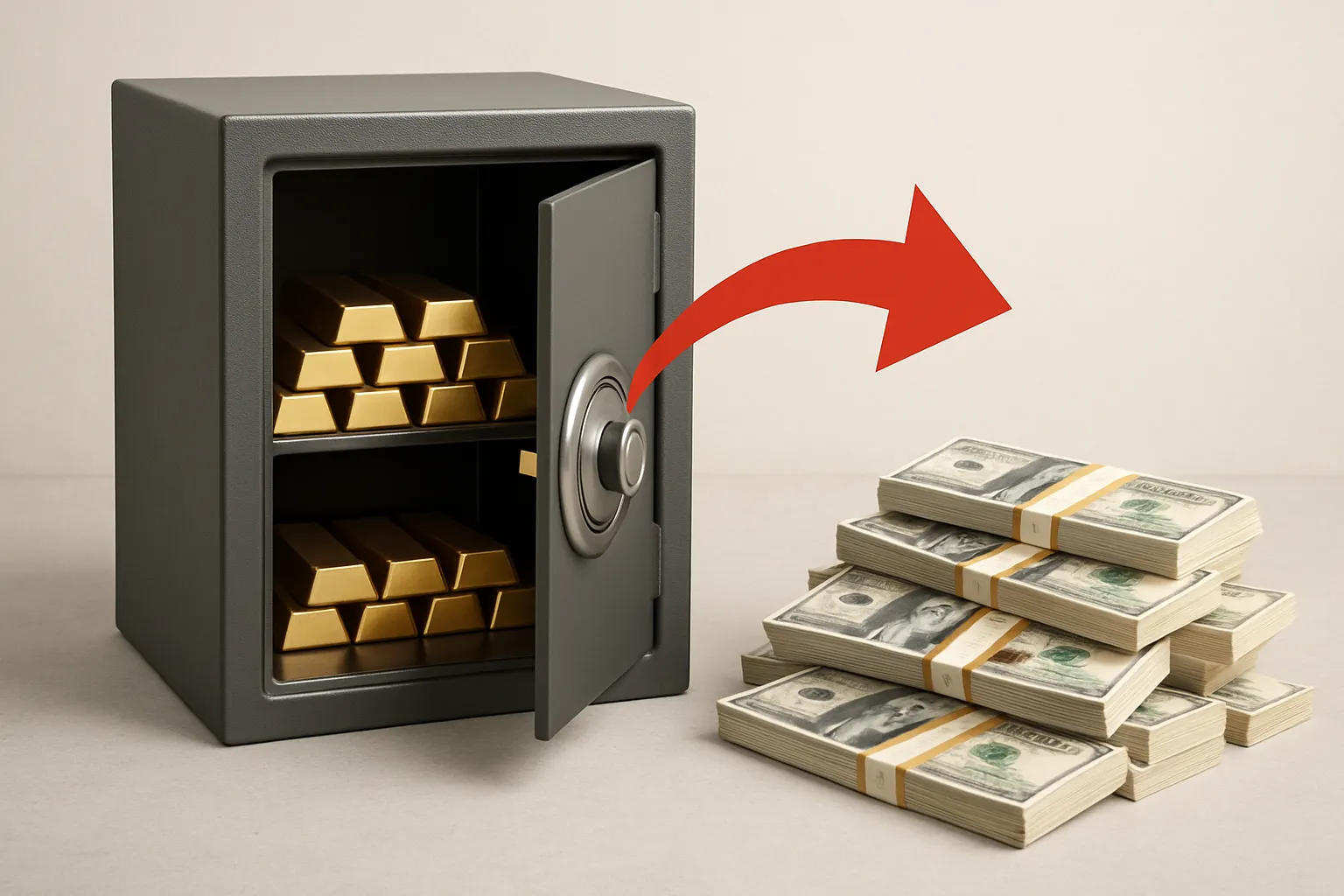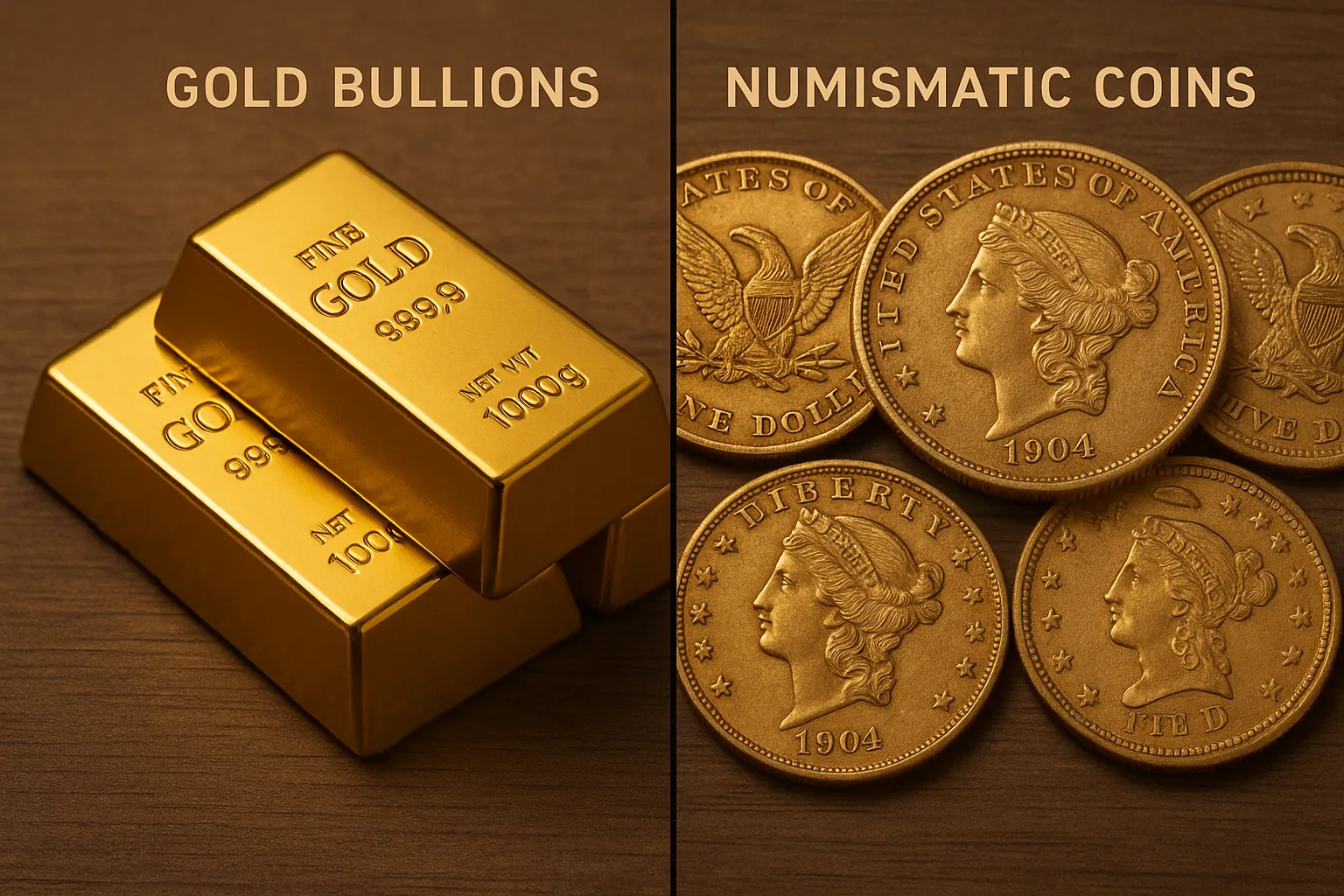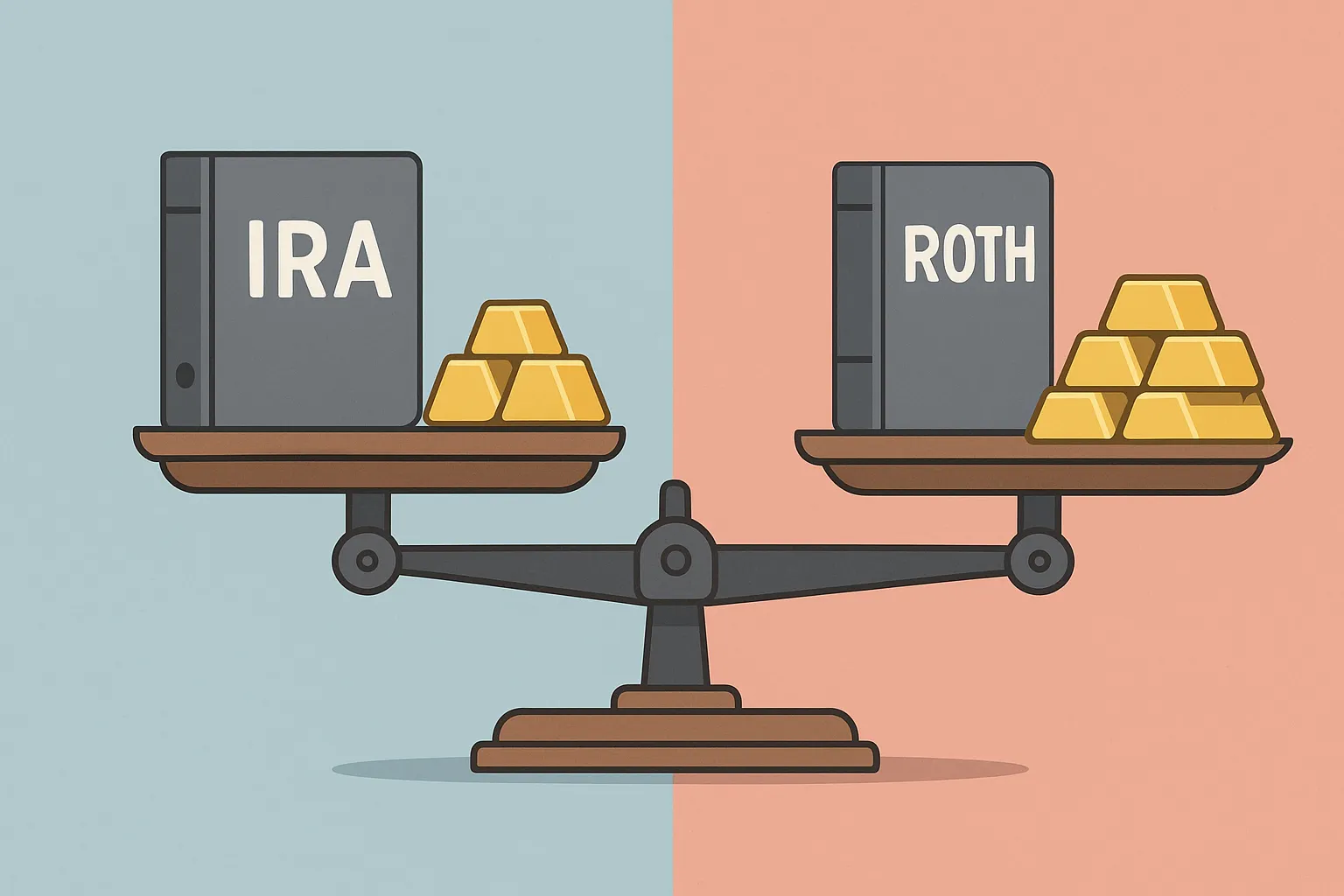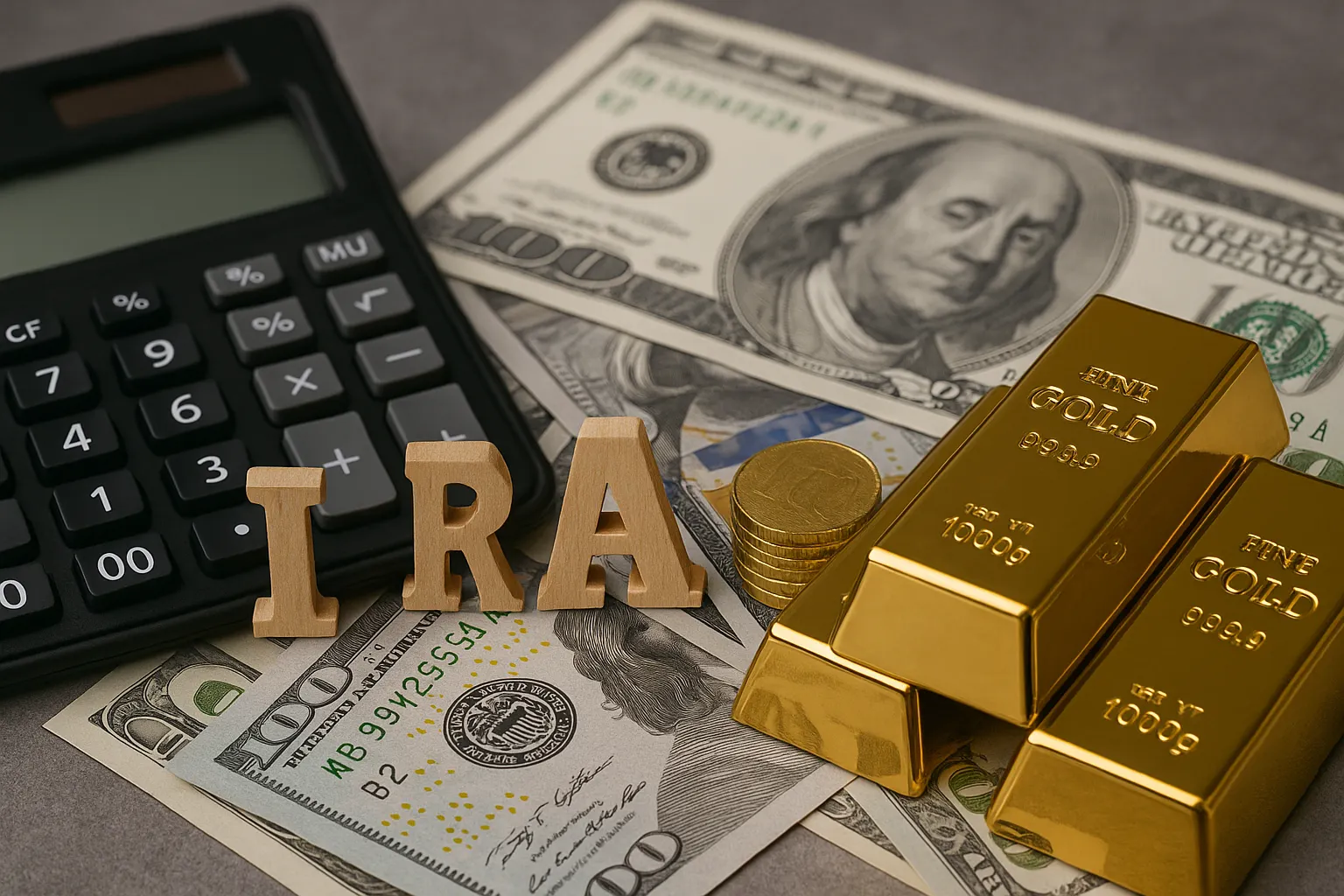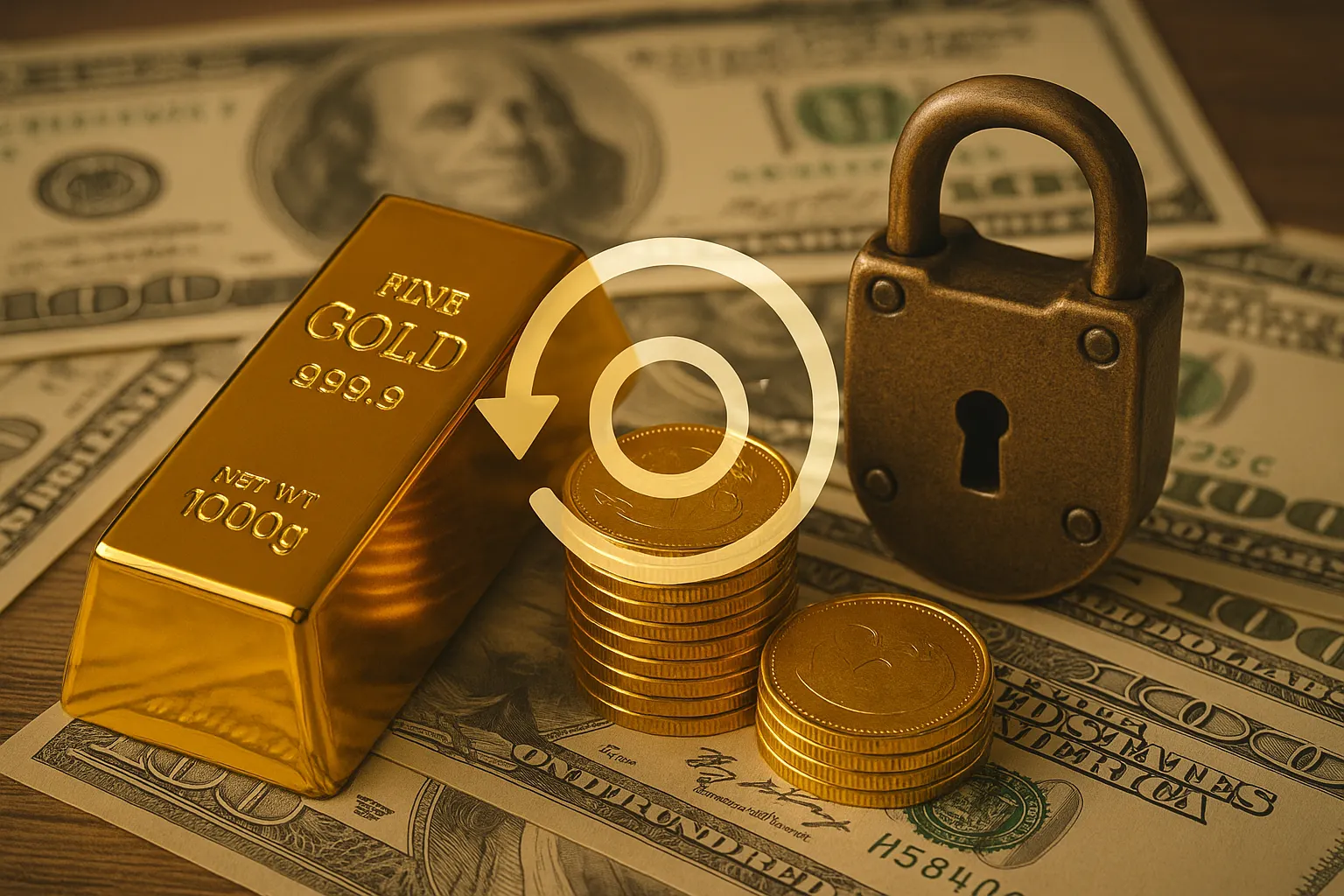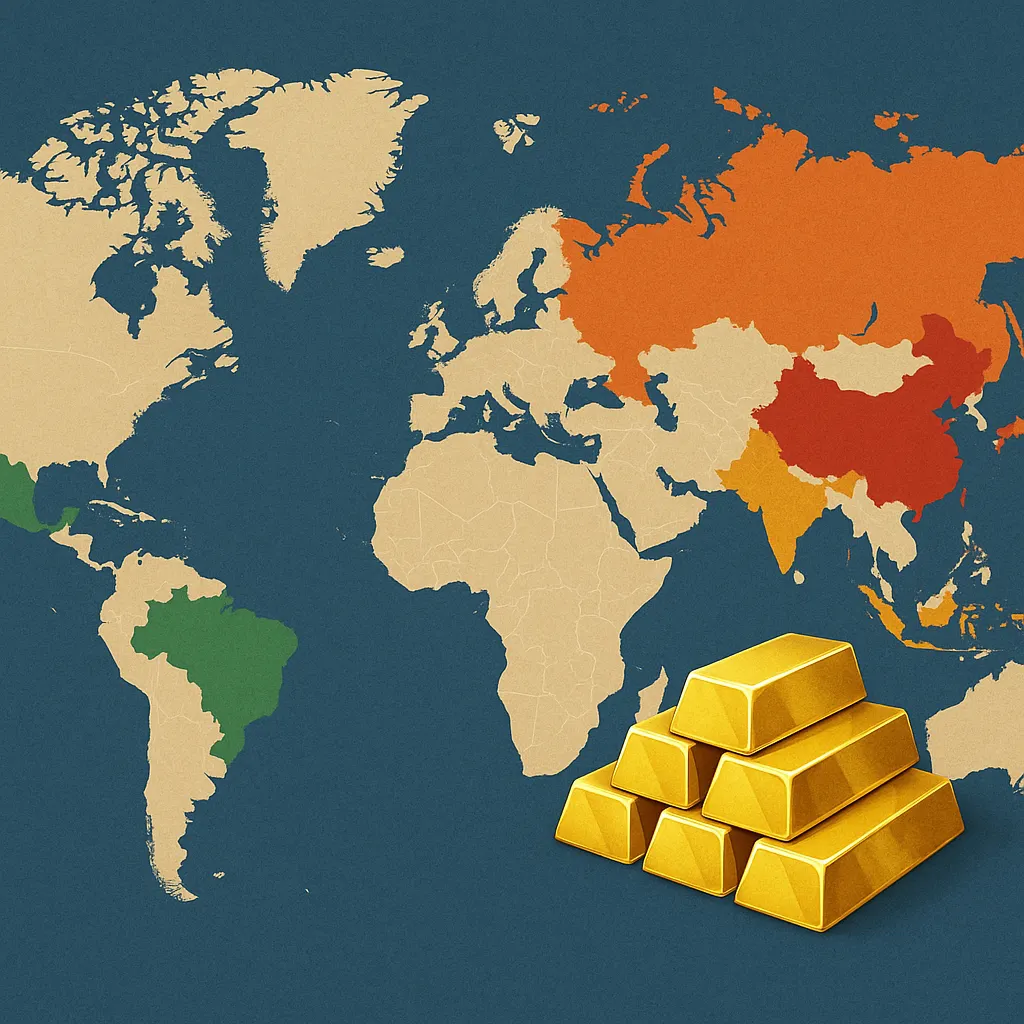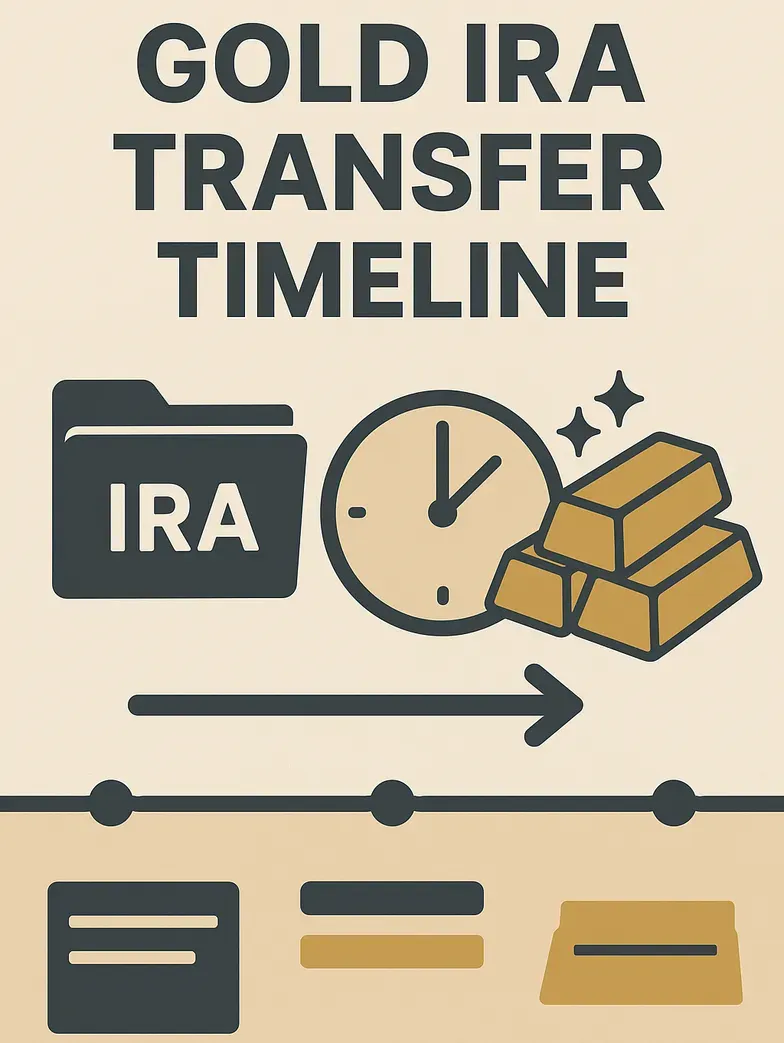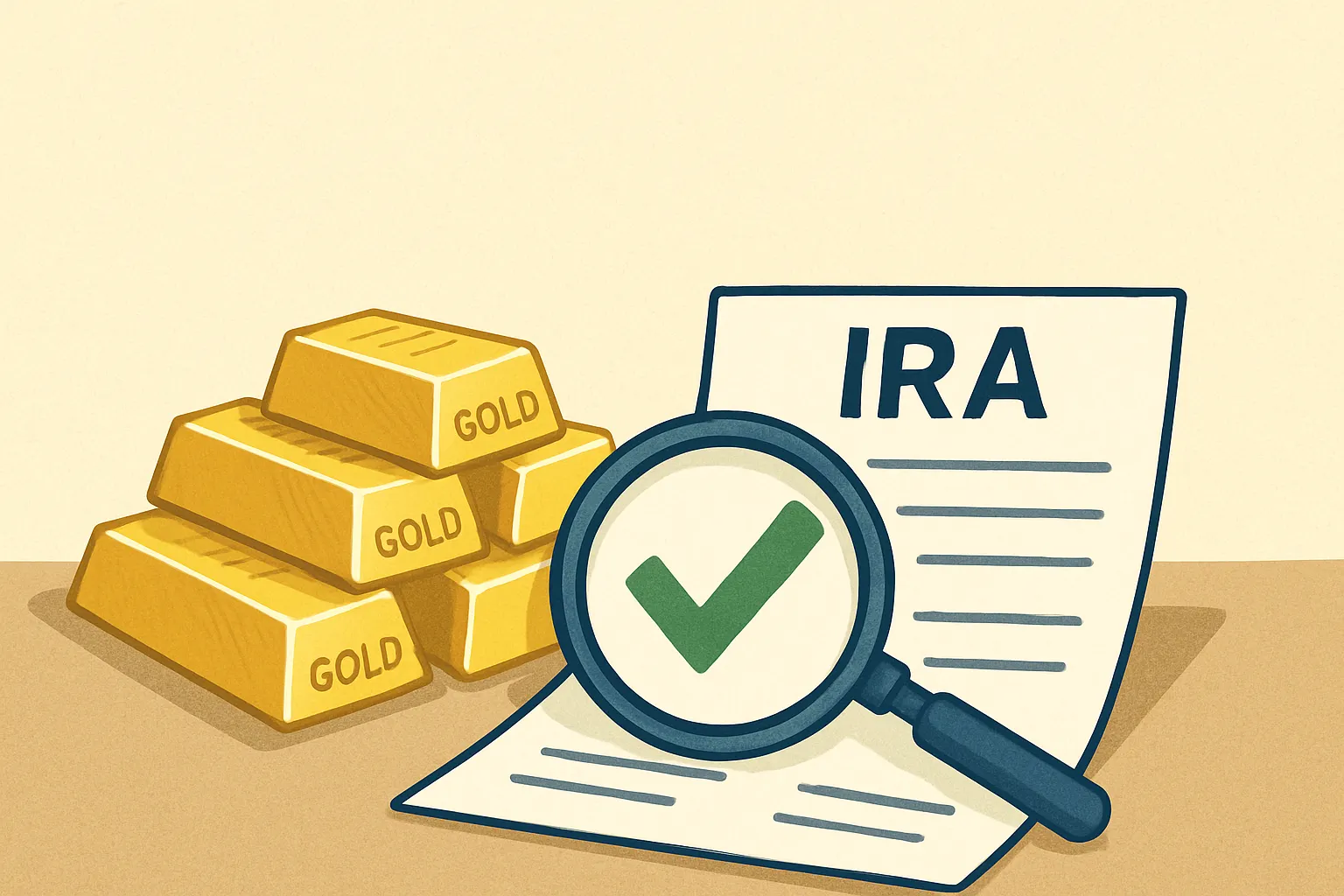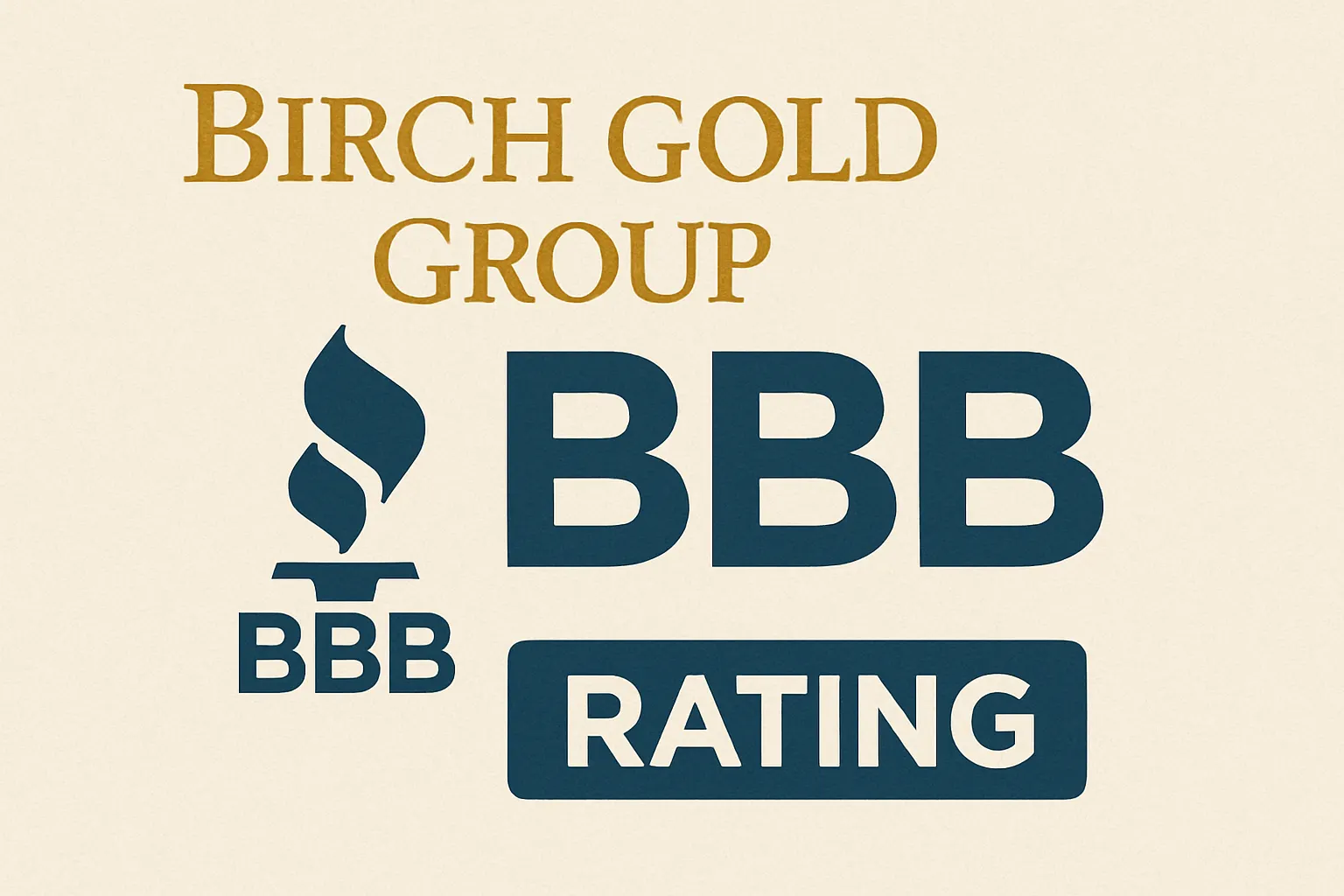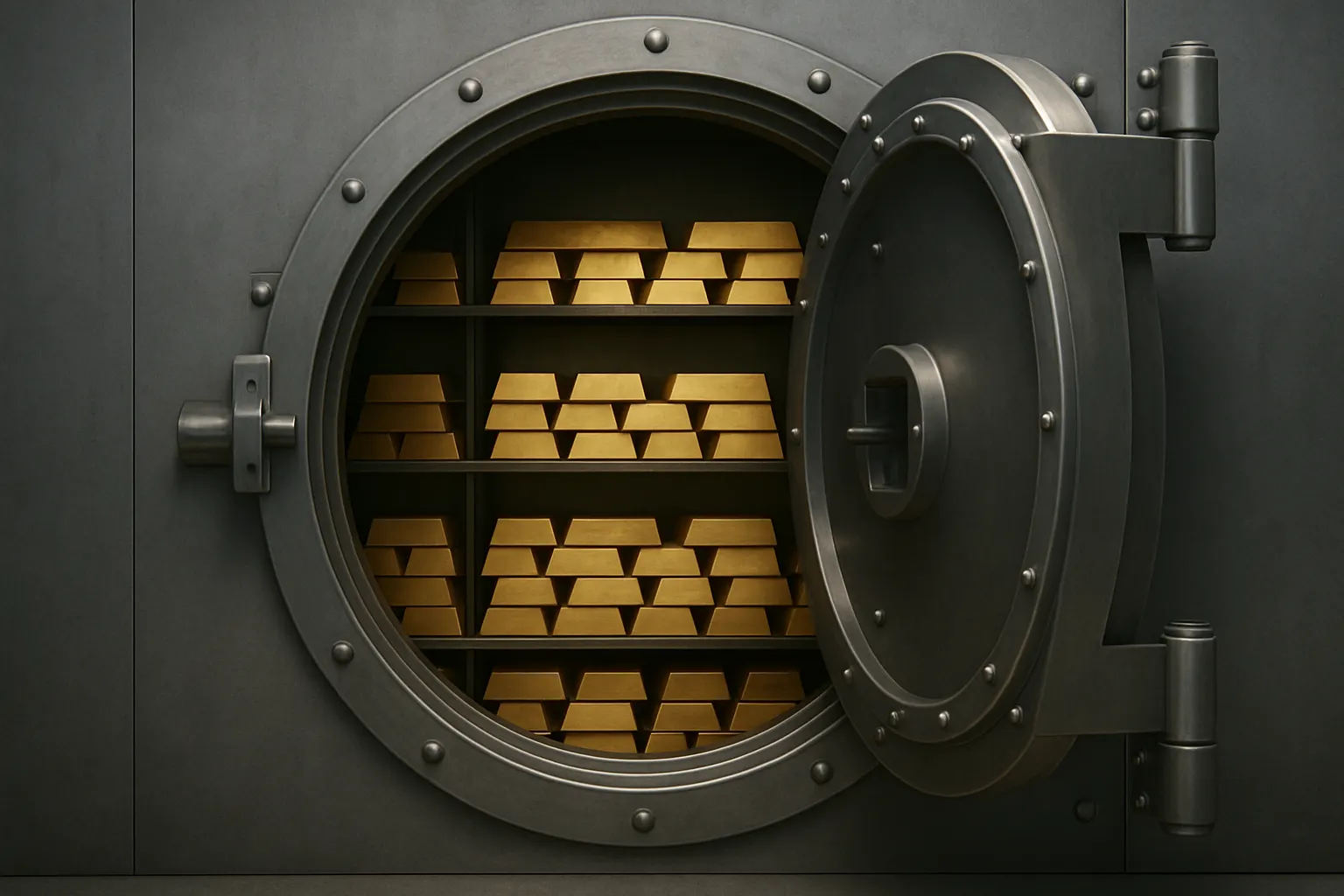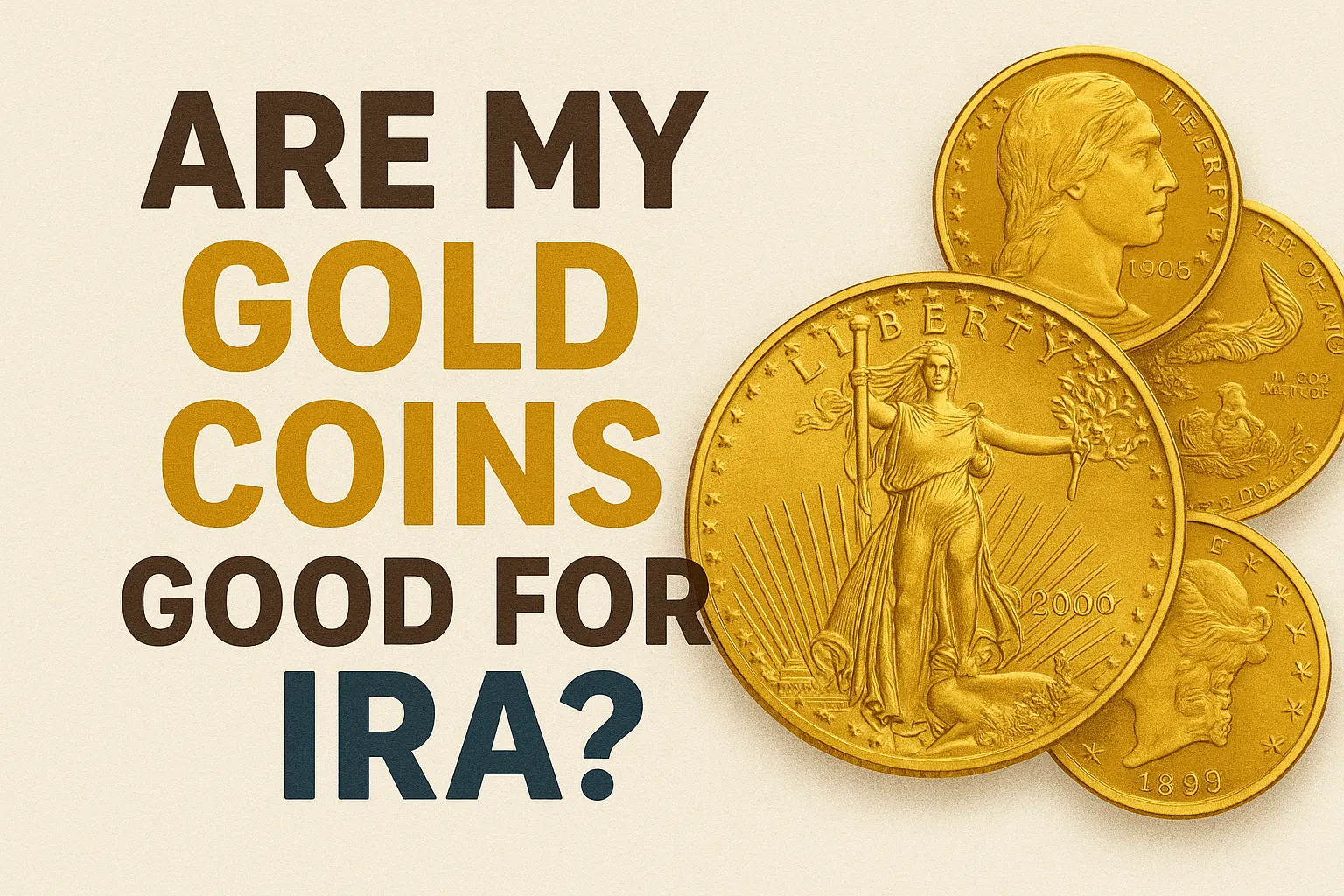Why Gold Shines Brightest During Stagflation: Historical Performace and Today's Opportunity
Are we witnessing the perfect economic storm brewing once again? With inflation proving stickier than expected, economic growth showing signs of fatigue, and job markets displaying concerning weakness, the specter of stagflation—that dreaded combination of stagnant growth and rising prices—is becoming an increasingly hot topic among economists and investors alike.
If history serves as our guide, there's one asset class that has consistently delivered spectacular returns during these challenging economic periods: gold.
The Stagflation Nightmare: When Economics Textbooks Fall Short
Stagflation defies conventional economic wisdom. Traditional models suggest an inverse relationship between inflation and unemployment—the famous Phillips curve. When unemployment rises, inflation should fall, and vice versa. But stagflation throws this relationship out the window, delivering the worst of both worlds: stagnant economic growth coupled with persistent inflation.
Current warning signs are flashing red:
- Inflation remains "stubborn" or "sticky" above central bank targets
- Economic growth forecasts continue to be revised downward
- Labor markets showing signs of weakness despite low unemployment numbers
- Central banks caught between fighting inflation and supporting growth
As the IMF recently warned, "pandemic outbreaks in critical links of global supply chains have resulted in longer-than-expected supply disruptions, further feeding inflation in many countries."
The 1970s: Gold's Golden Decade
The last time America experienced true stagflation was during the turbulent 1970s. From 1973 to 1975, the U.S. economy contracted while inflation skyrocketed from 7.4% to 10.3%. Later in the decade, inflation would peak at a devastating 14%.
Here's where gold's story becomes truly remarkable:
During the stagflationary period from the mid-1970s to 1980, gold prices soared from slightly above $100 to around $650 in 1980—an explosive 550% gain. Some sources show even more dramatic returns, with gold climbing from an average of $77 an ounce in the early 1970s to a peak of $678 an ounce by 1980—an impressive 780% gain.
The Perfect Storm Ingredients
Several factors combined to create the stagflationary environment of the 1970s:
- Excessive government spending on the Vietnam War and social programs
- Easy monetary policy following the end of the gold standard in 1971
- Oil price shocks in 1973 and 1979 engineered by OPEC
- Declining productivity growth across the economy
Gold was the single best-performing asset class of the 1970s, rising from $35 an ounce to over $800, a 2200% gain according to some measures, completely dwarfing traditional investments like stocks and bonds.
Why Gold Thrives When Everything Else Struggles
Gold's exceptional performance during stagflation isn't coincidental—it's fundamental.
1. Ultimate Inflation Hedge
During periods of economic turmoil, investors flock to gold as a means of preserving wealth and diversifying portfolios. Consequently, gold prices tend to rise during times of stagflation as investors seek protection from the eroding purchasing power of fiat currencies.
2. Safe Haven in Uncertainty
Stagflation challenges conventional economic wisdom, as it defies the typical relationship between economic growth, inflation and employment. This confluence of factors creates uncertainty and volatility in financial markets, prompting investors to seek refuge in assets perceived as stores of value.
3. Real Assets Outperform Financial Assets
Of the four business cycle phases since 1973, stagflation is the one that is most supportive for gold and conversely the worst for risk assets. When both stocks and bonds struggle simultaneously, gold provides crucial portfolio diversification.
4. Central Bank Policy Constraints
During stagflation, central banks face an impossible choice: raise rates to fight inflation (risking recession) or cut rates to support growth (fueling more inflation). This policy paralysis often benefits gold as traditional monetary tools lose effectiveness.
Today's Stagflation Signals Are Flashing
Fast-forward to today, and we're seeing eerily similar patterns emerge:
Economic Growth Concerns
- The IMF has revised U.S. economic growth forecasts down from 7% to 6%
- Global growth expectations reduced from 6% to 5.9%
- Manufacturing activity showing signs of deceleration
Persistent Inflation Pressures
- Recent data points are showing inflation coming in above consensus expectations
- The Federal Reserve Bank of New York's Survey of Consumer Expectations showed inflation expectations over the next three years increased from 4% to 4.2%
- Energy costs remain elevated, particularly in Europe
Policy Uncertainty
A third troubling economic signal comes from the 1970s fight against entrenched inflation, where the Fed engaged in a volatile interest rate policy. Today, the Fed is balking at its intended aggressive rate cut policy due to mixed results—an eerie indication of a potential repeat of the volatile '70s rate practice.
Gold's Explosive Modern Performance
Gold hasn't waited for official stagflation to be declared. Gold's explosive move higher through March and into April saw its price achieving highs of around £1,950 (USD: $2,400), and the momentum has continued.
Recent performance highlights:
- Gold reached USD 3,429/oz (+4%), and as of the end of August, gold was up 31% for the year
- Gold prices surged to a record high above $2956 on Monday, following the release of stagflationary US economic data
- Investors sharply increased their holdings in giant gold-backed ETF the SPDR Gold Trust, with the fund expanding by nearly 21 tonnes of bullion. The weekly growth rate of 4.4% was the highest since the early stage of the Covid crisis in March 2020
The Investment Landscape: How to Position for Stagflation
Physical Gold vs. Gold ETFs vs. Mining Stocks
Physical Gold:
- Direct exposure to gold price movements
- No counterparty risk
- Storage and insurance considerations
Gold ETFs:
- Easy liquidity and trading
- Lower storage costs
- Potential counterparty risks
Gold Mining Stocks: The VanEck Gold Miners ETF GDX crushing every single sector of the S&P 500 year-to-date, showing how mining stocks can amplify gold's performance during favorable conditions.
Portfolio Allocation Strategy
Historical evidence suggests that during stagflationary periods:
- Diversify beyond traditional assets: Equities and fixed income both struggled during the 1970s. Exposure to real assets like commodities, real estate, and precious metals provided an important bulwark
- Emphasize value over growth: Richly-valued growth stocks are vulnerable during rising rate environments
- Focus on pricing power: Companies that can pass through cost increases perform better
Risk Considerations and Realistic Expectations
While gold's historical performance during stagflation is impressive, investors should consider:
- No guarantee of repetition: Past performance doesn't guarantee future results
- Volatility: Gold can experience significant price swings
- Opportunity cost: During non-inflationary periods, other assets may outperform
- Storage and insurance costs: Physical gold ownership involves additional expenses
The Bottom Line: History's Clear Message
There are strong tailwinds for gold at the moment: equity weakness, geopolitical risk, soaring inflation. Should this morph into something more stagflationary—the risk of which is rising—then history suggests it could be even better for gold.
As macro analyst Maxence Visseau recently noted, "When inflation stays sticky but growth stalls, hard assets outperform financial assets. We're seeing 1970s dynamics in real-time."
The evidence is compelling: during the most challenging economic environments, when traditional investments struggle, gold has historically provided both portfolio protection and significant returns. With current economic indicators suggesting we may be entering another stagflationary period, the yellow metal's time to shine may be just beginning.
Take Action: Secure Your Financial Future with Gold
Don't wait for stagflation to fully materialize before protecting your wealth. History shows that gold performs best when acquired before the economic storm hits its peak.
Ready to add gold to your investment portfolio?
Explore professional precious metals investment options and secure your financial future today.
Start your gold investment journey with trusted precious metals dealers →
Remember: In an era of unprecedented monetary policy, record government debt, and persistent inflation pressures, gold isn't just an investment—it's financial insurance for uncertain times.
The time to prepare for stagflation isn't when it arrives—it's now.


